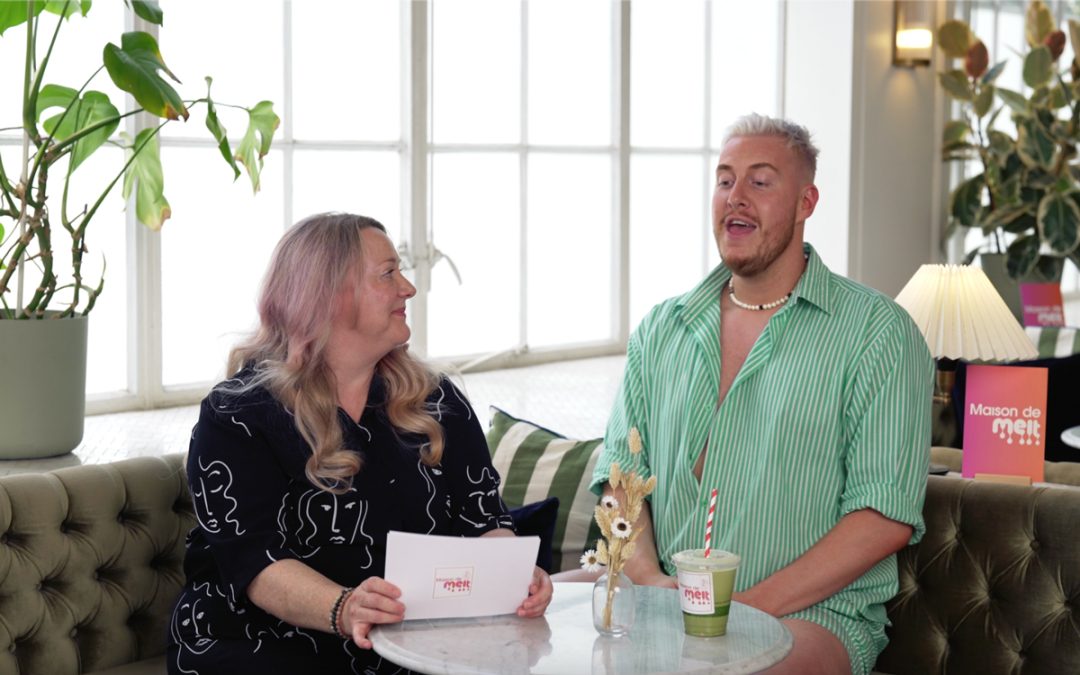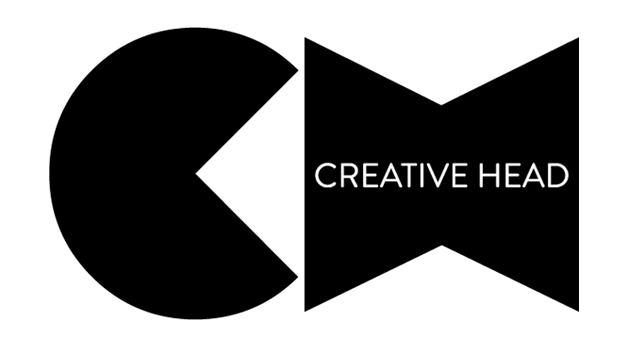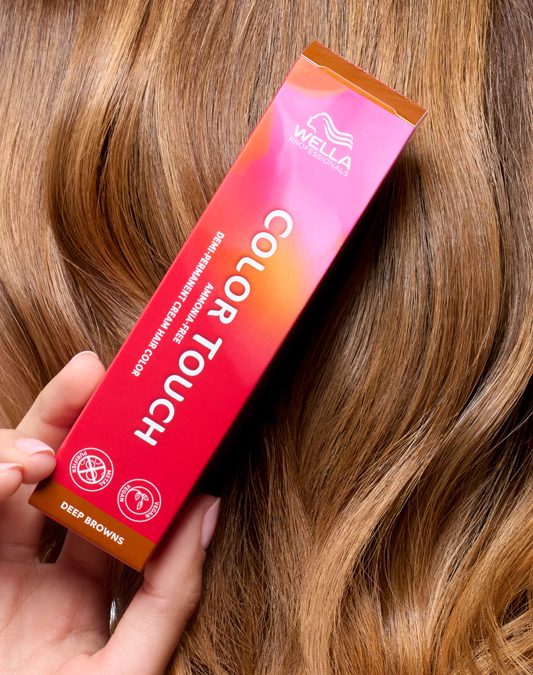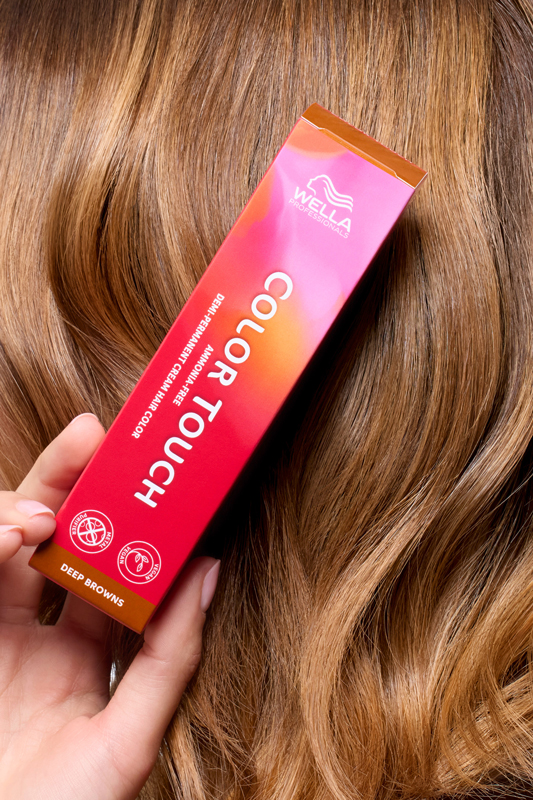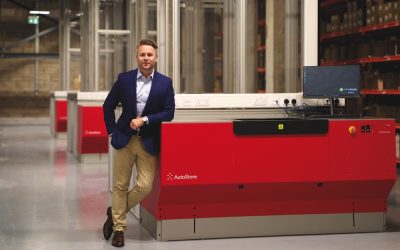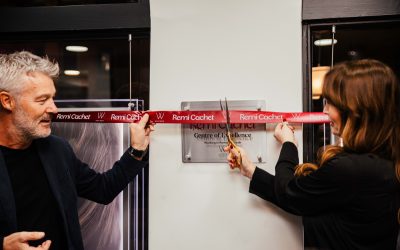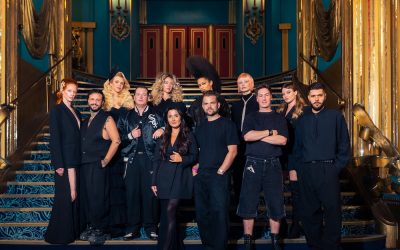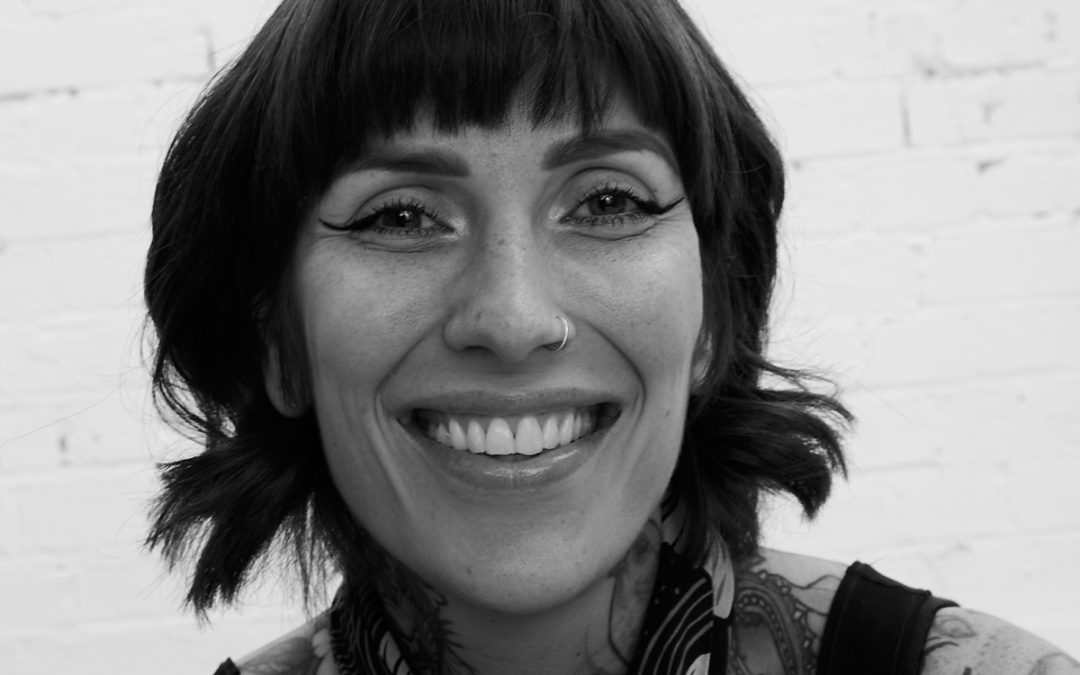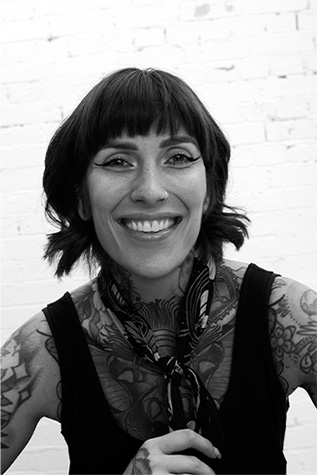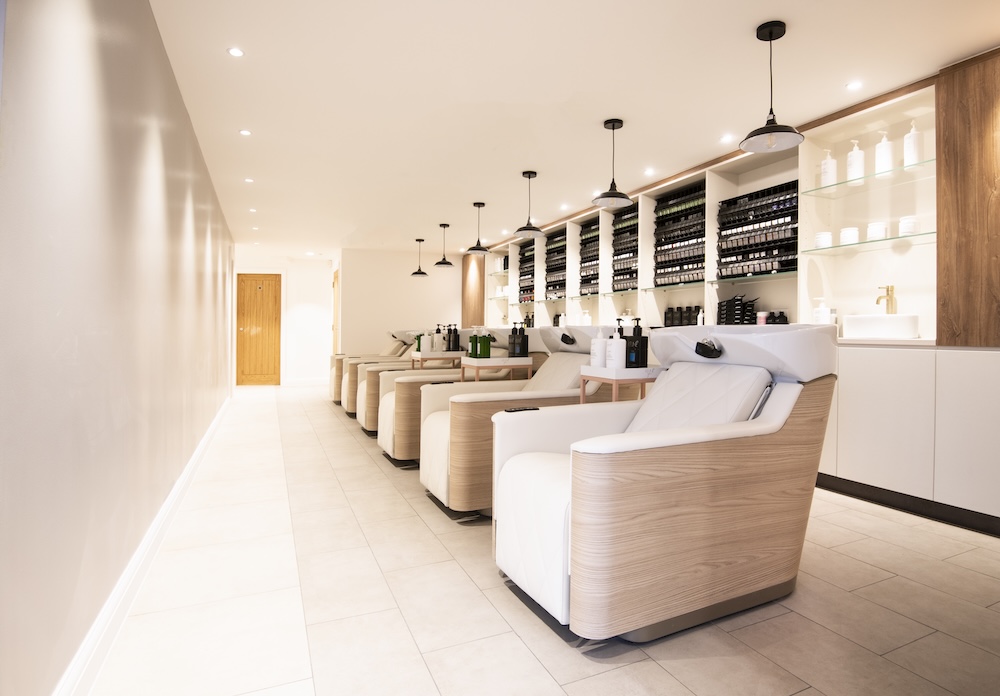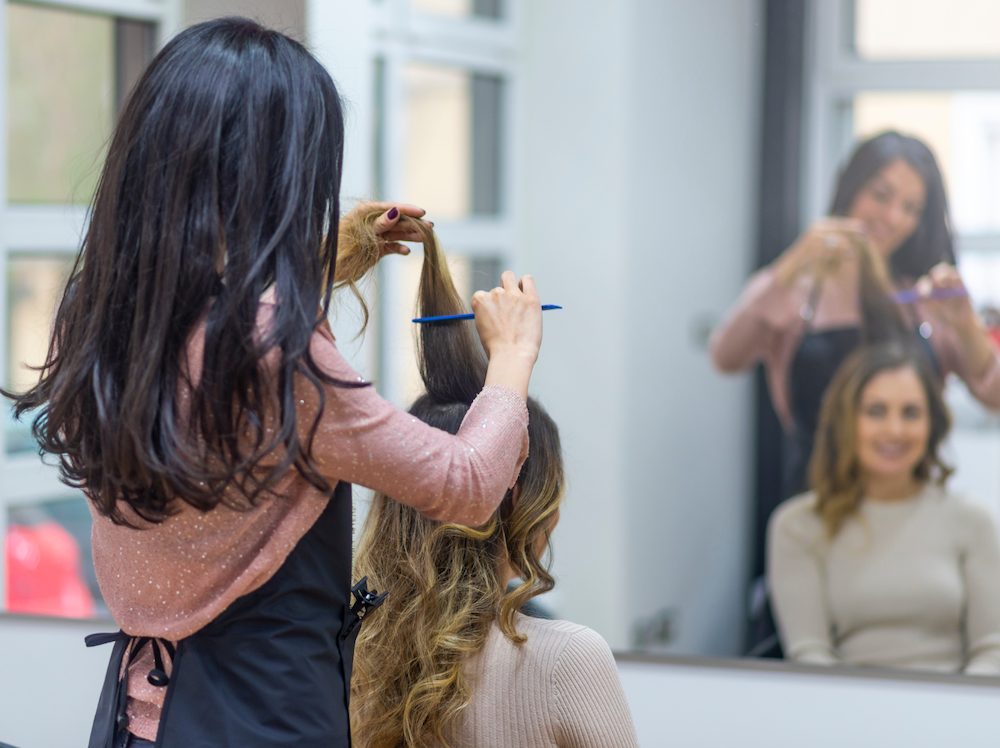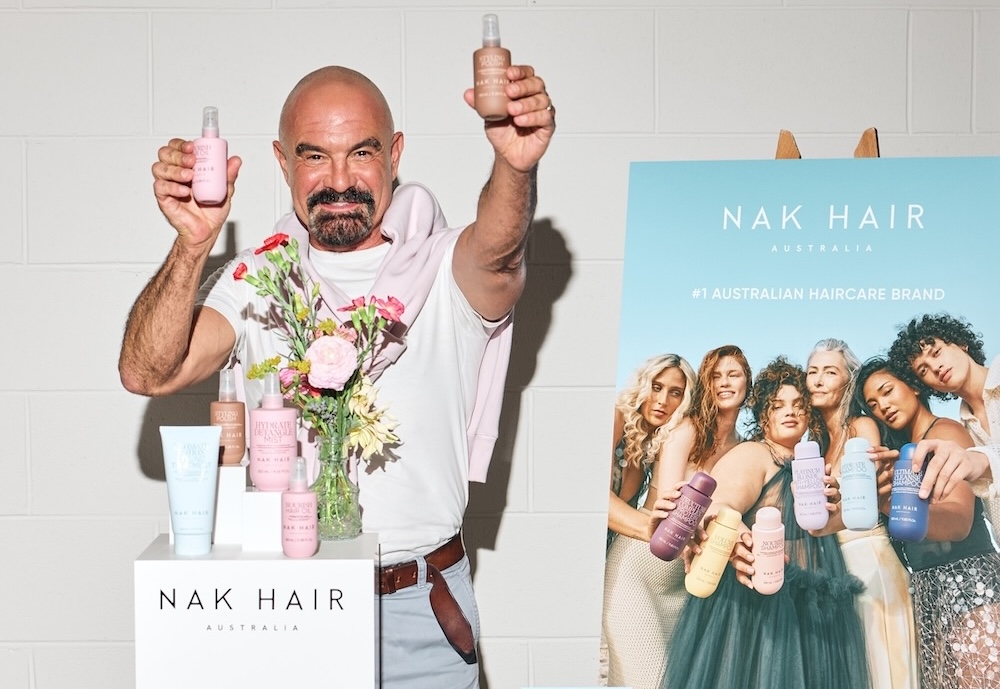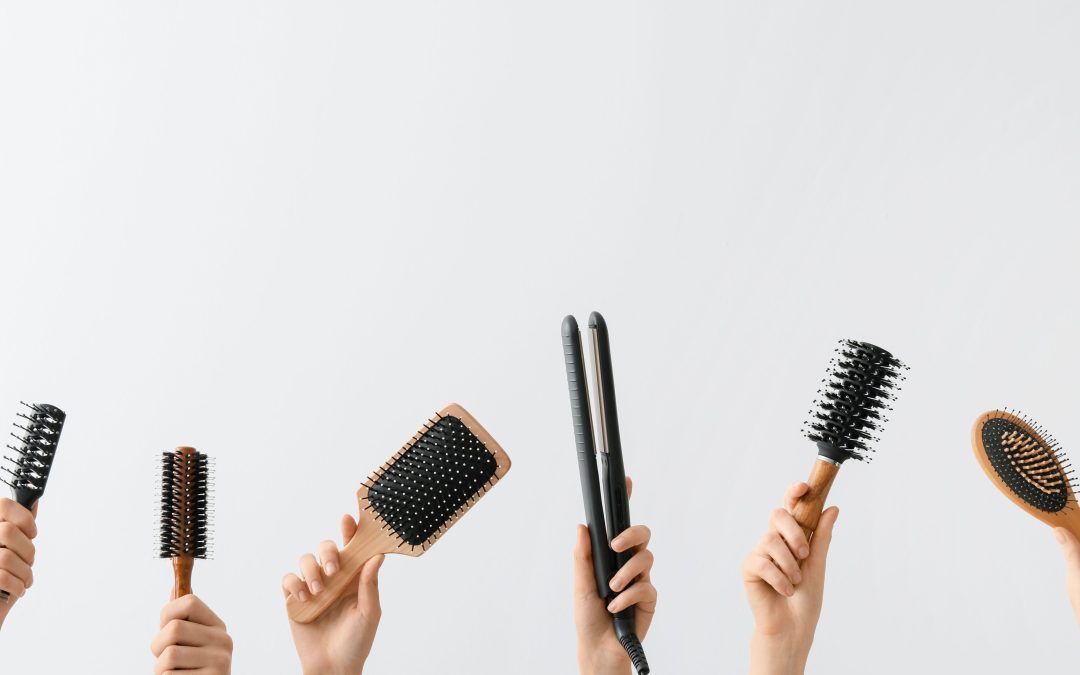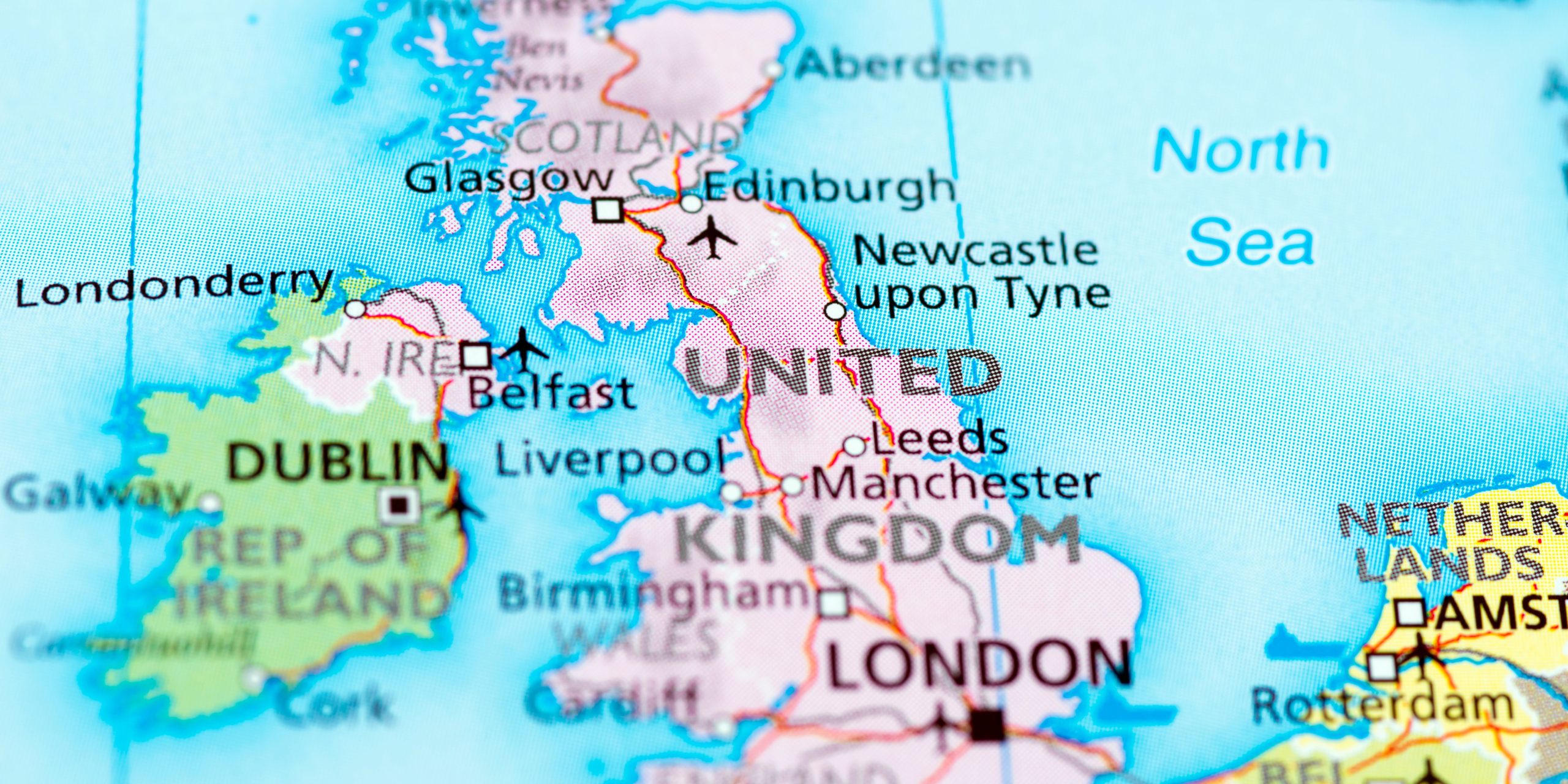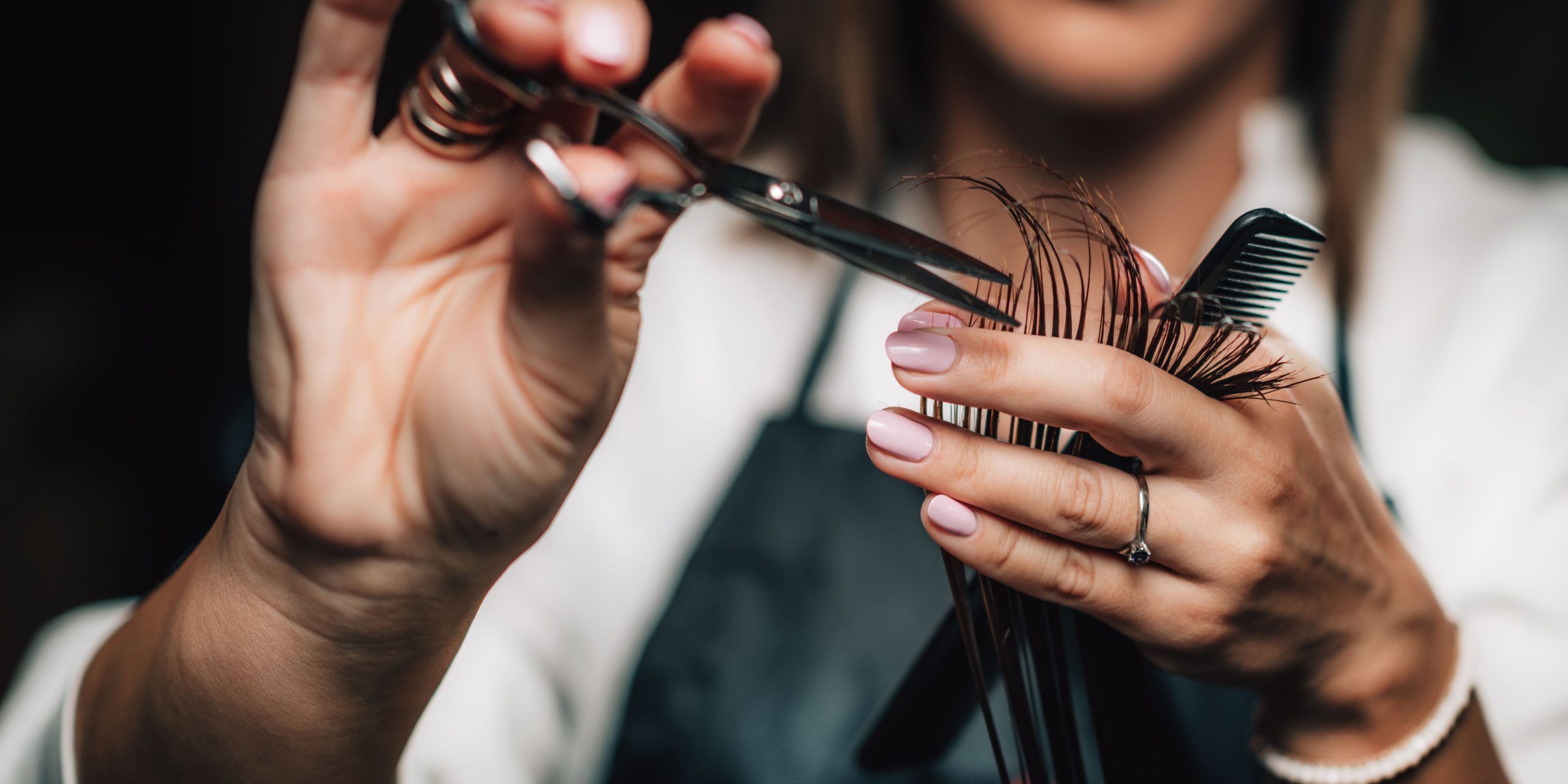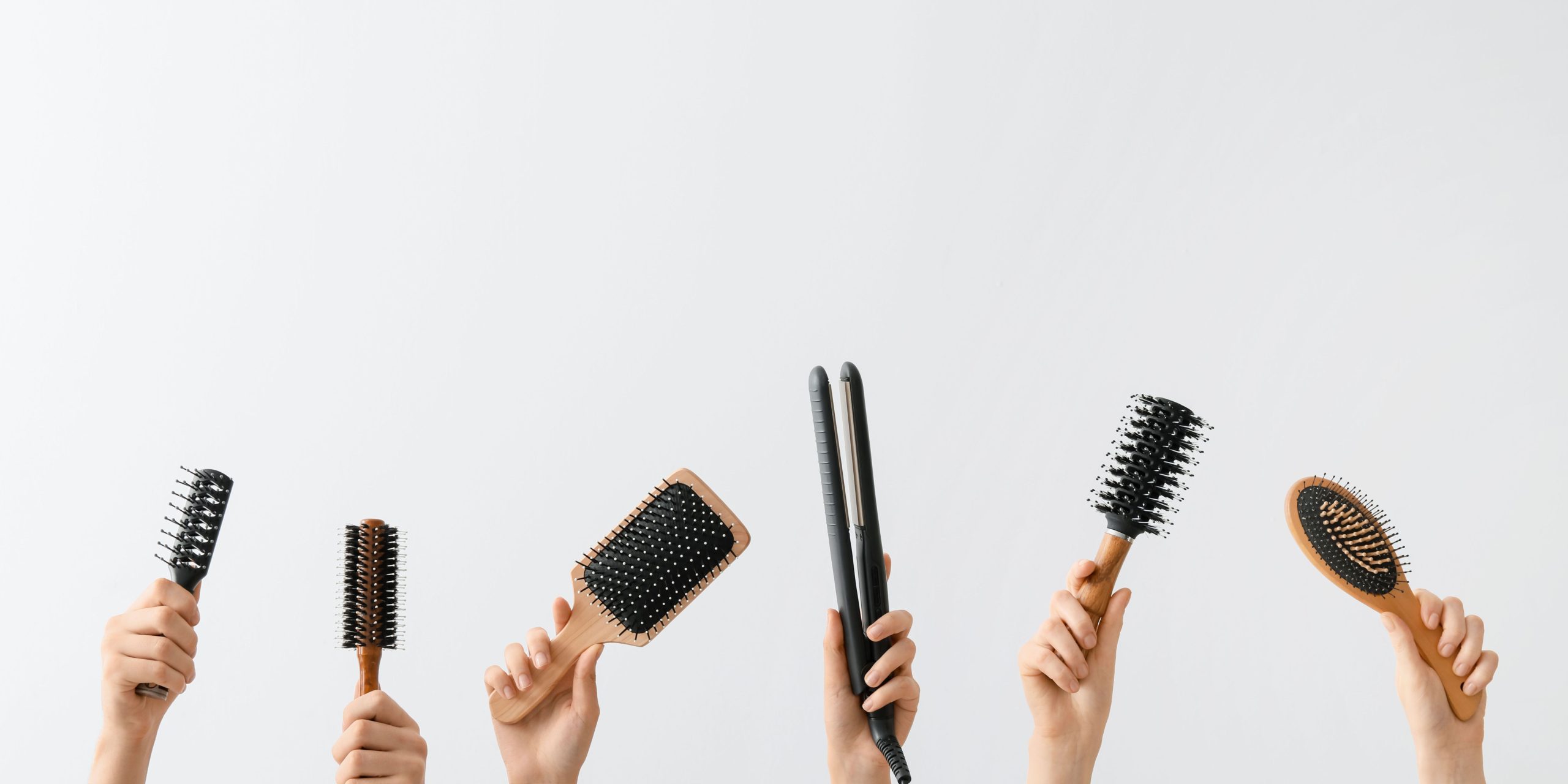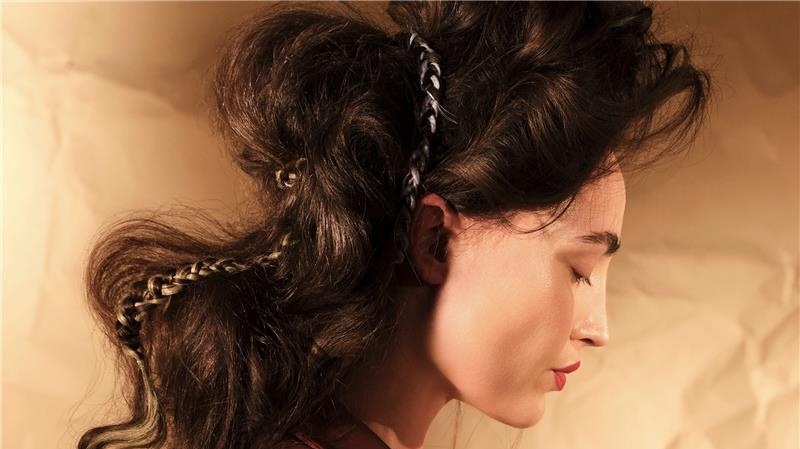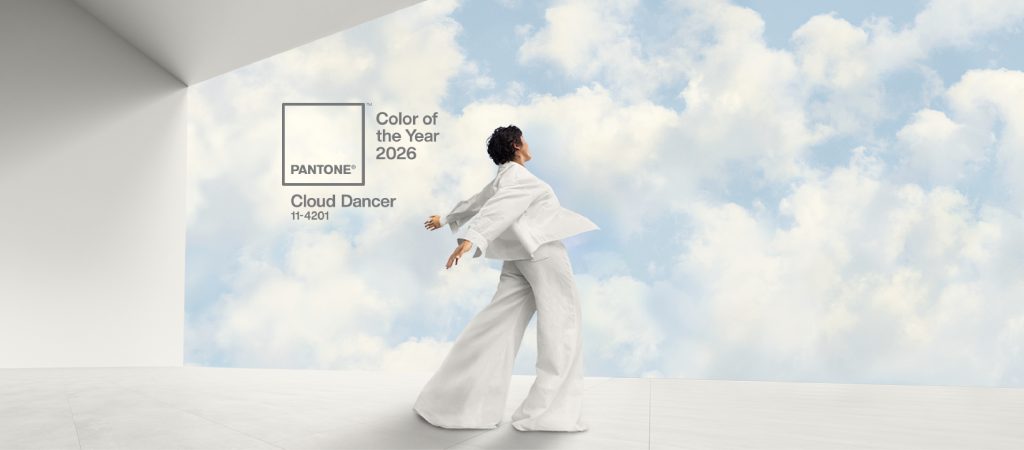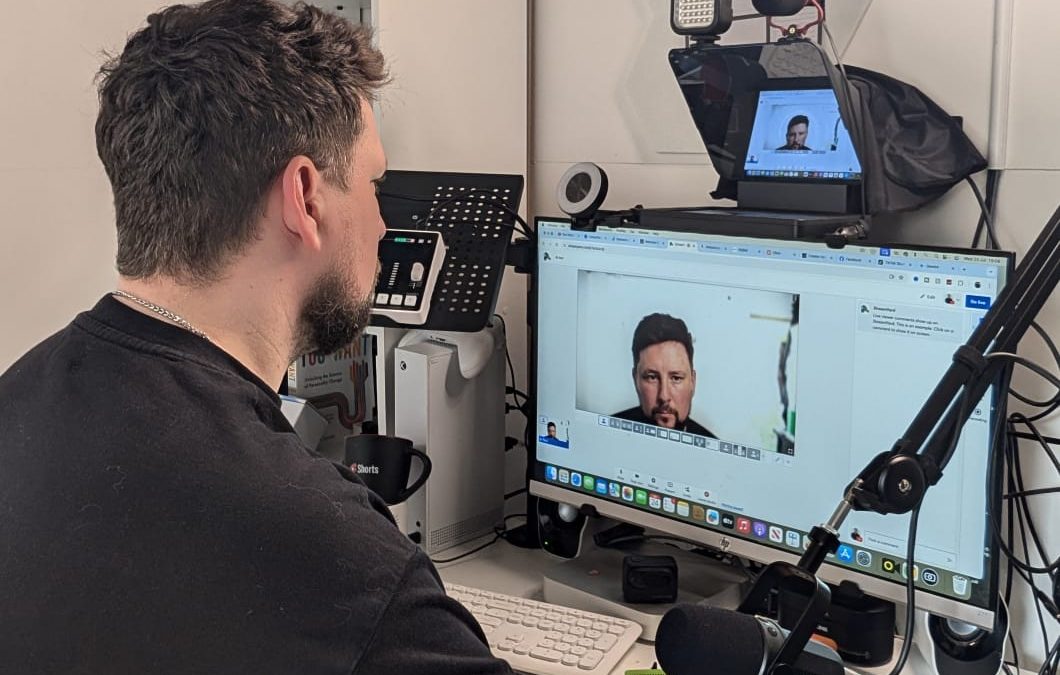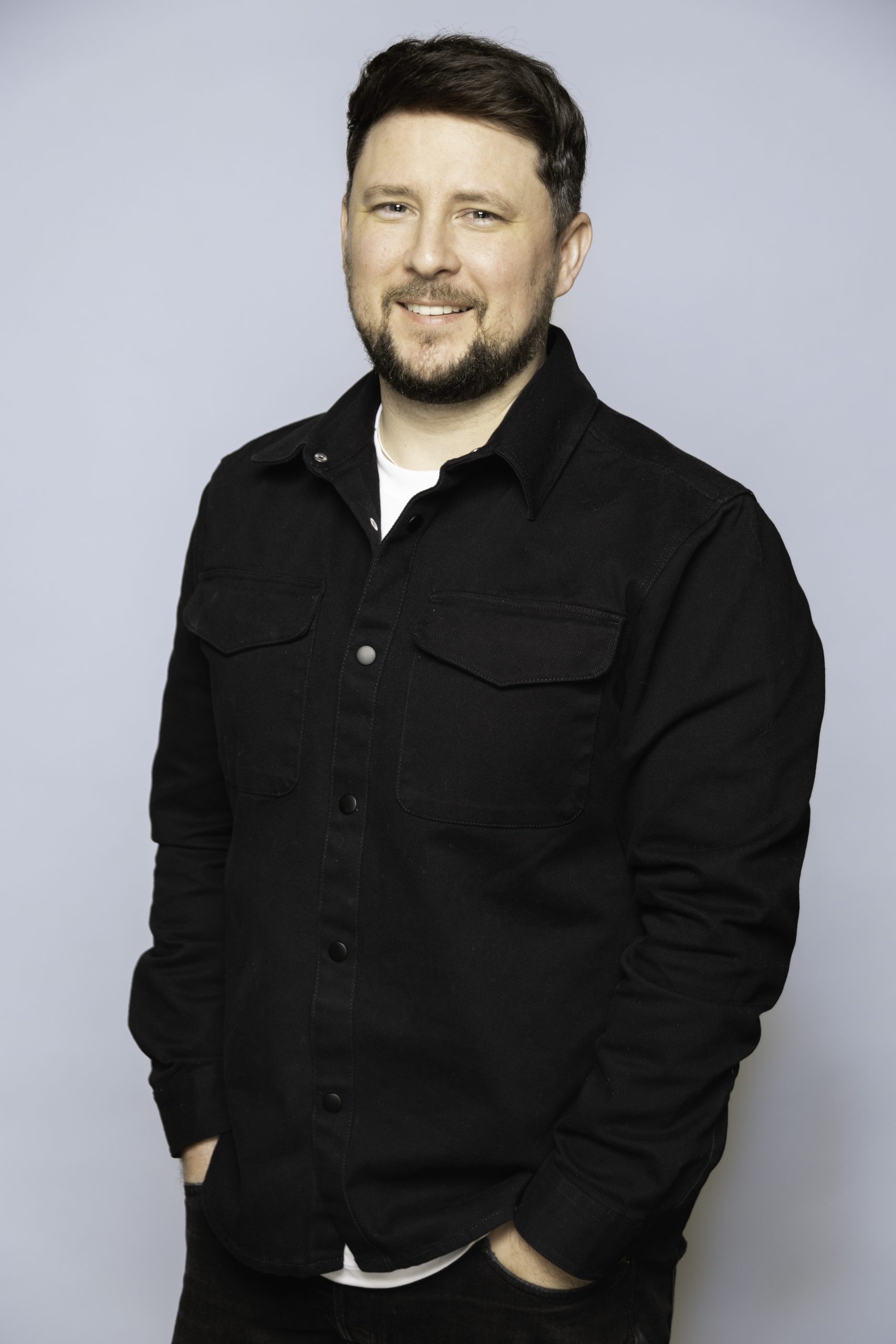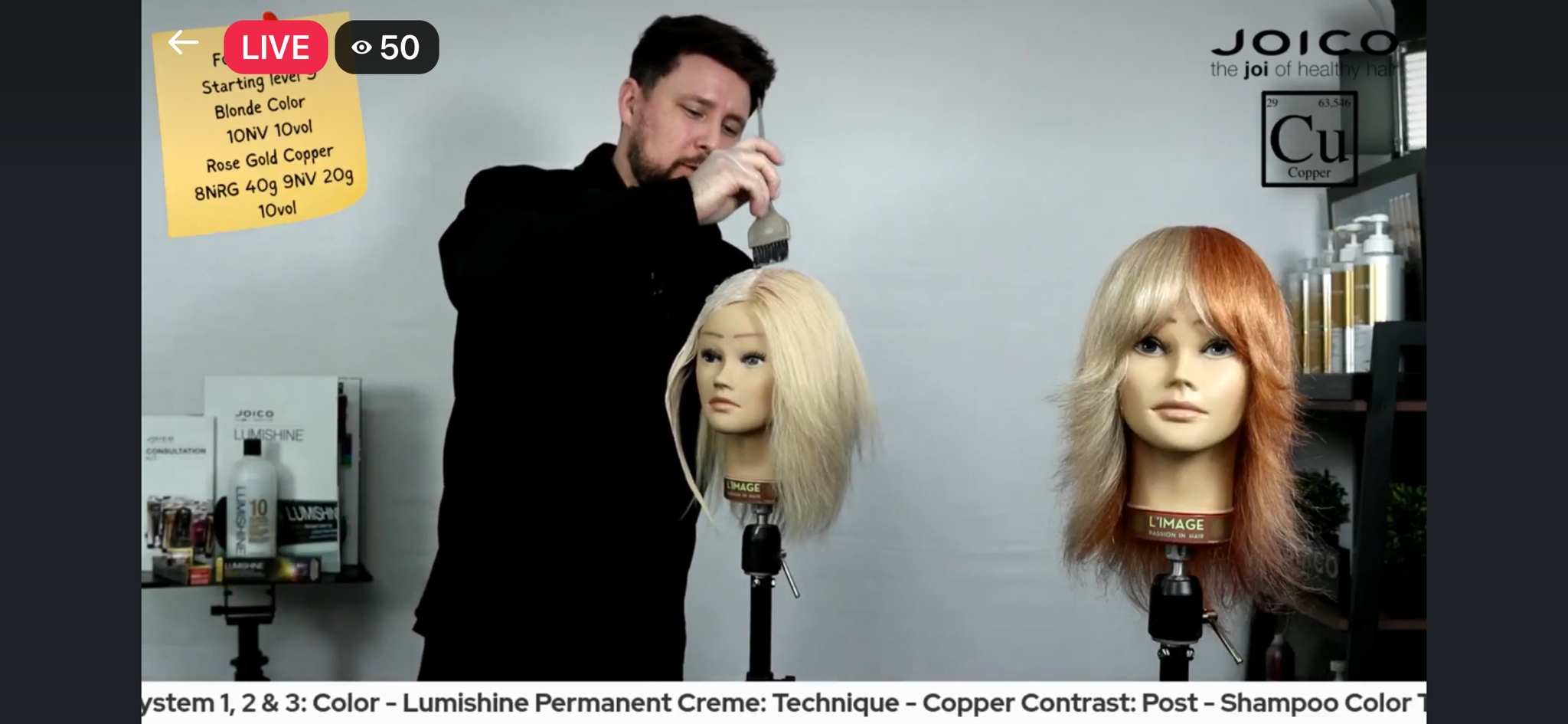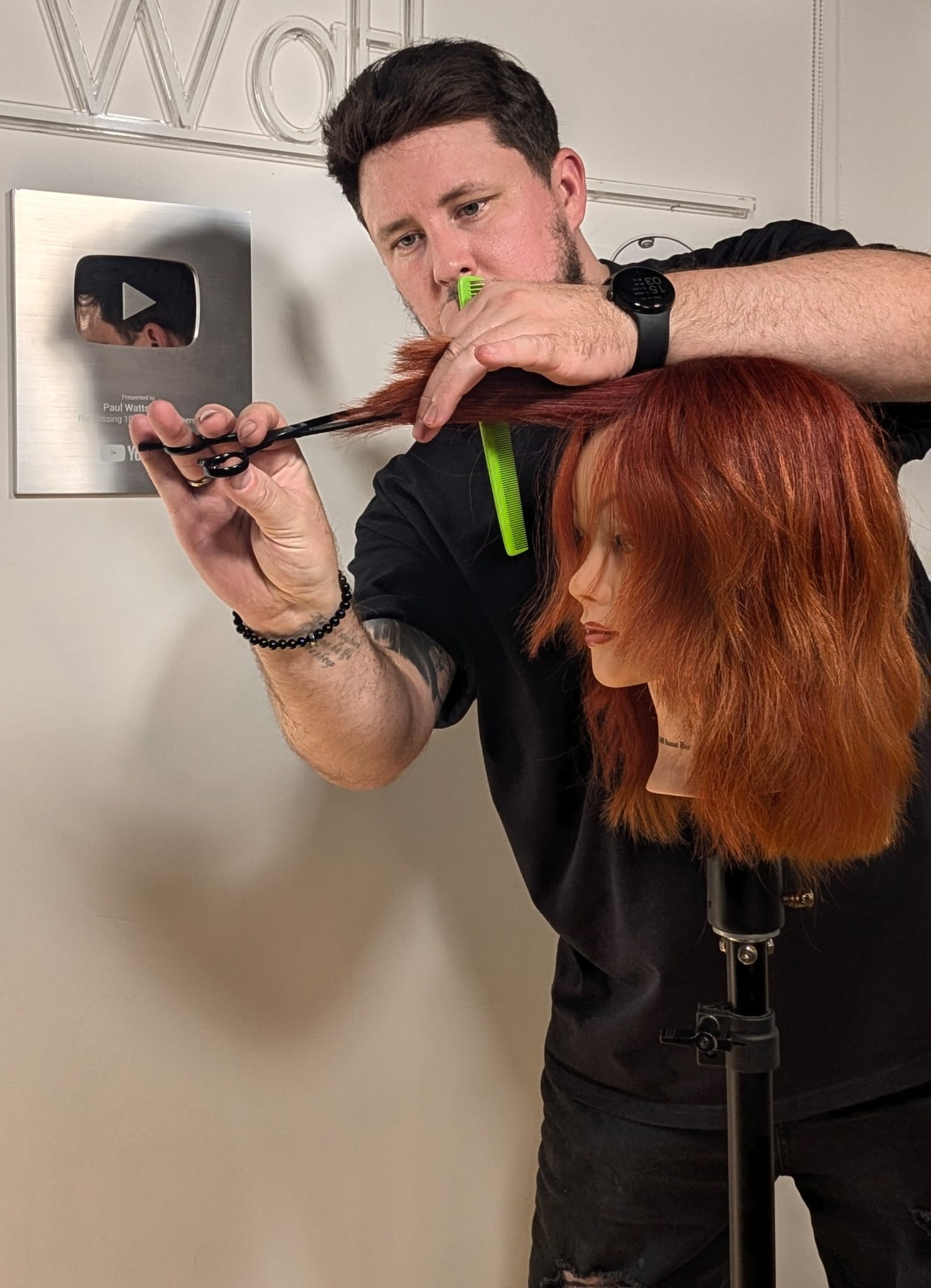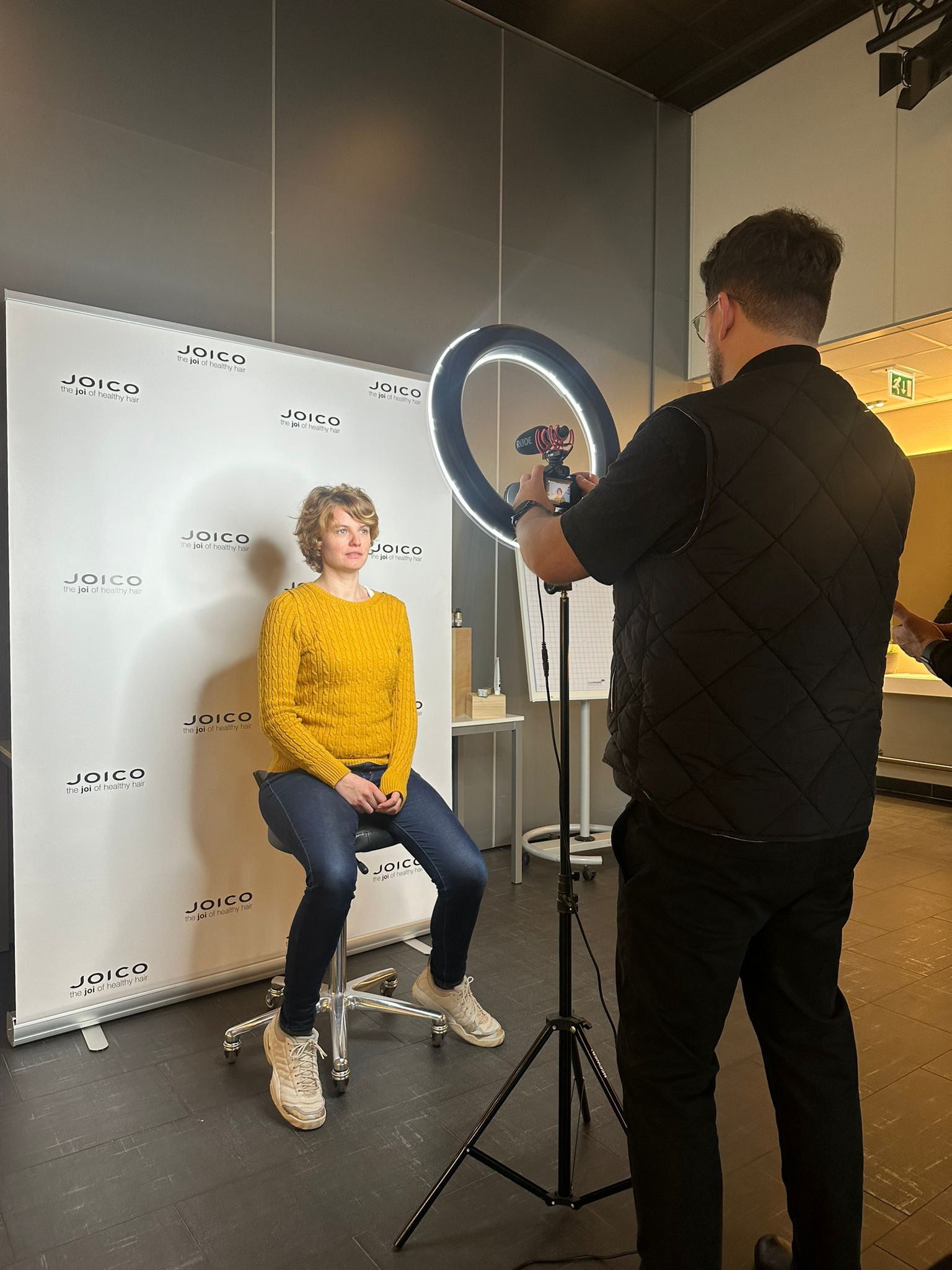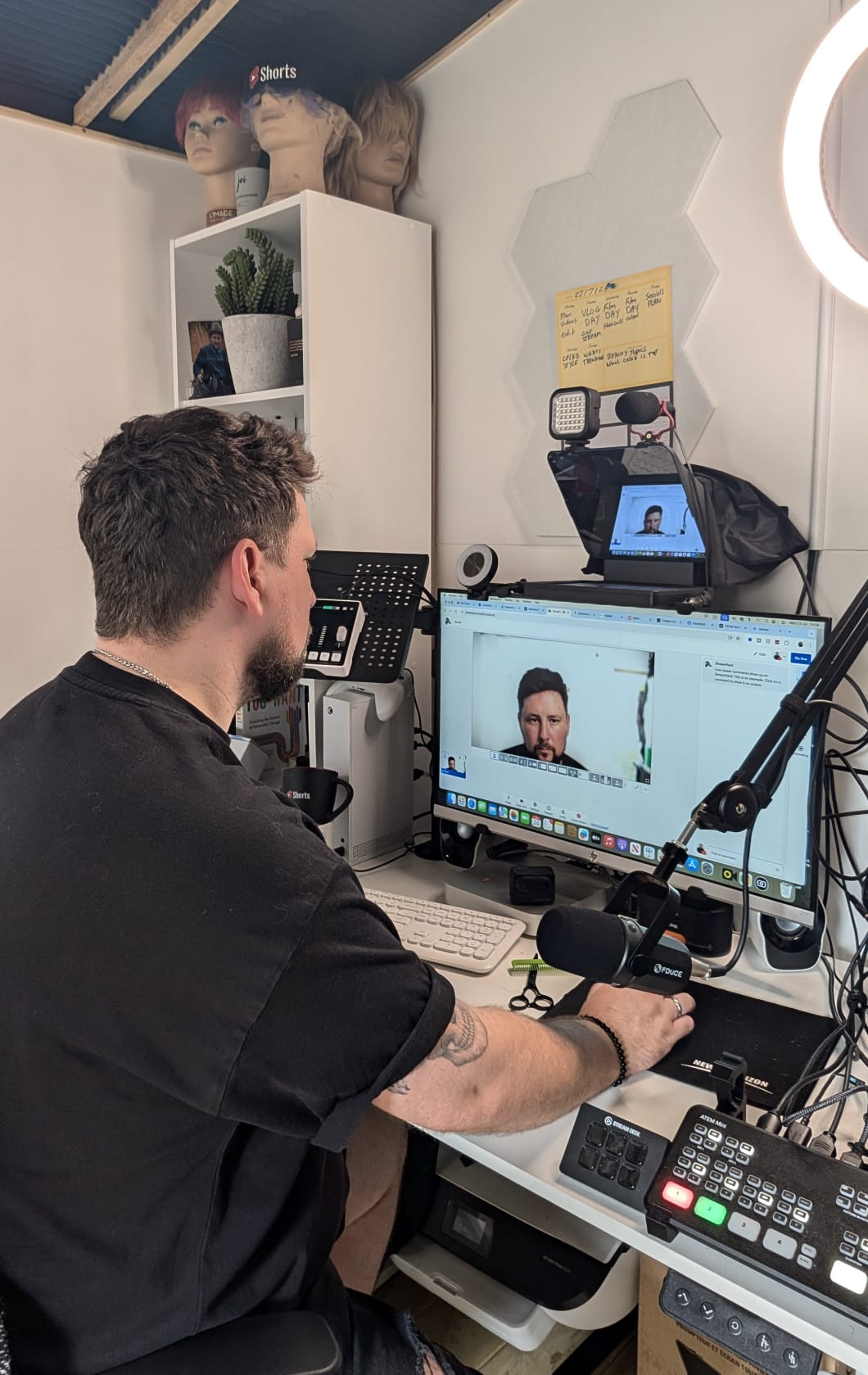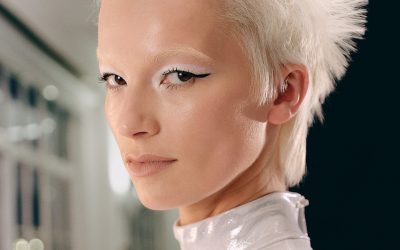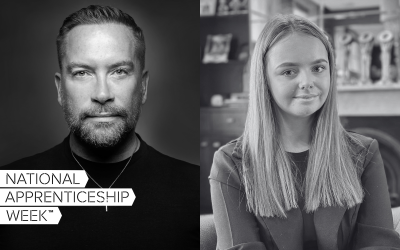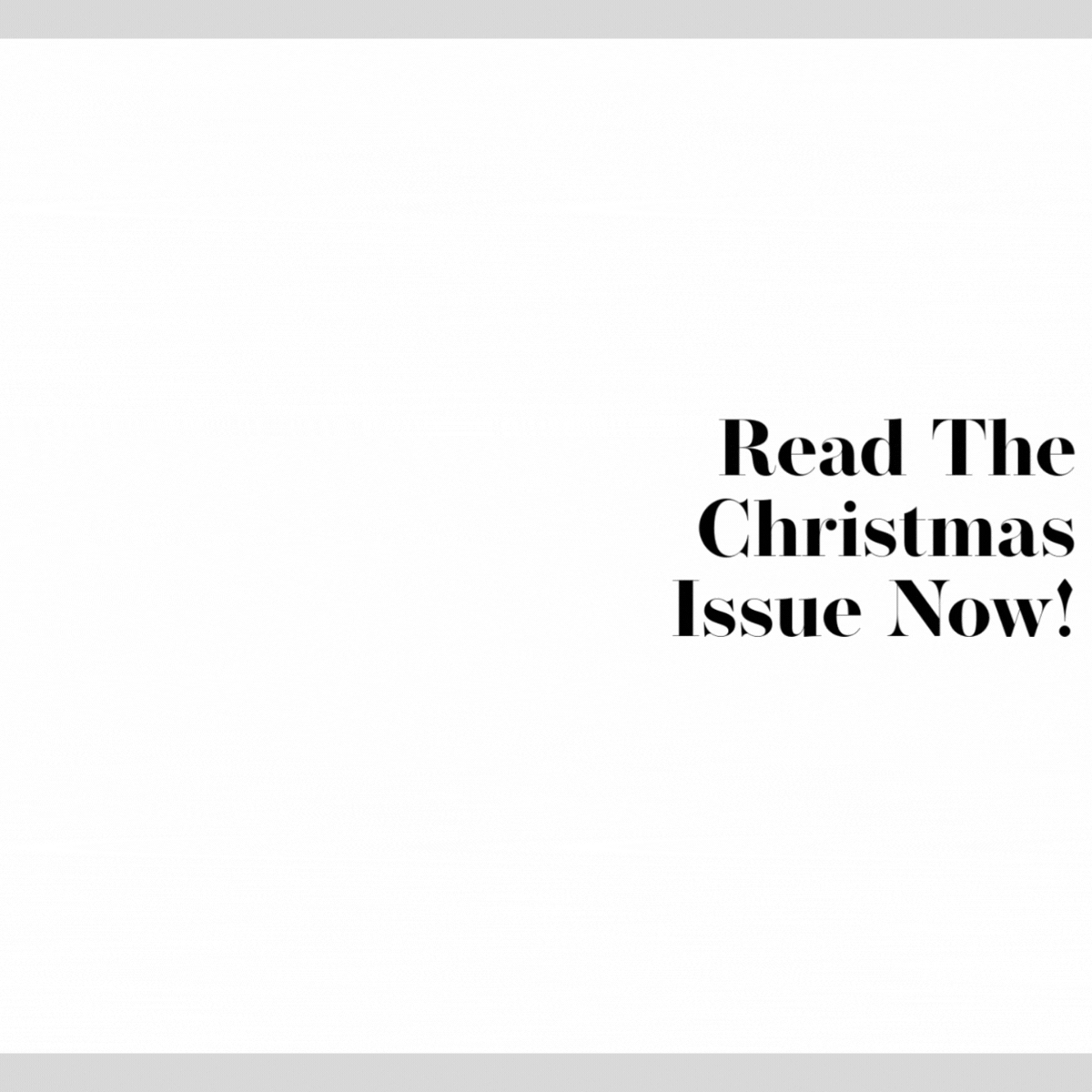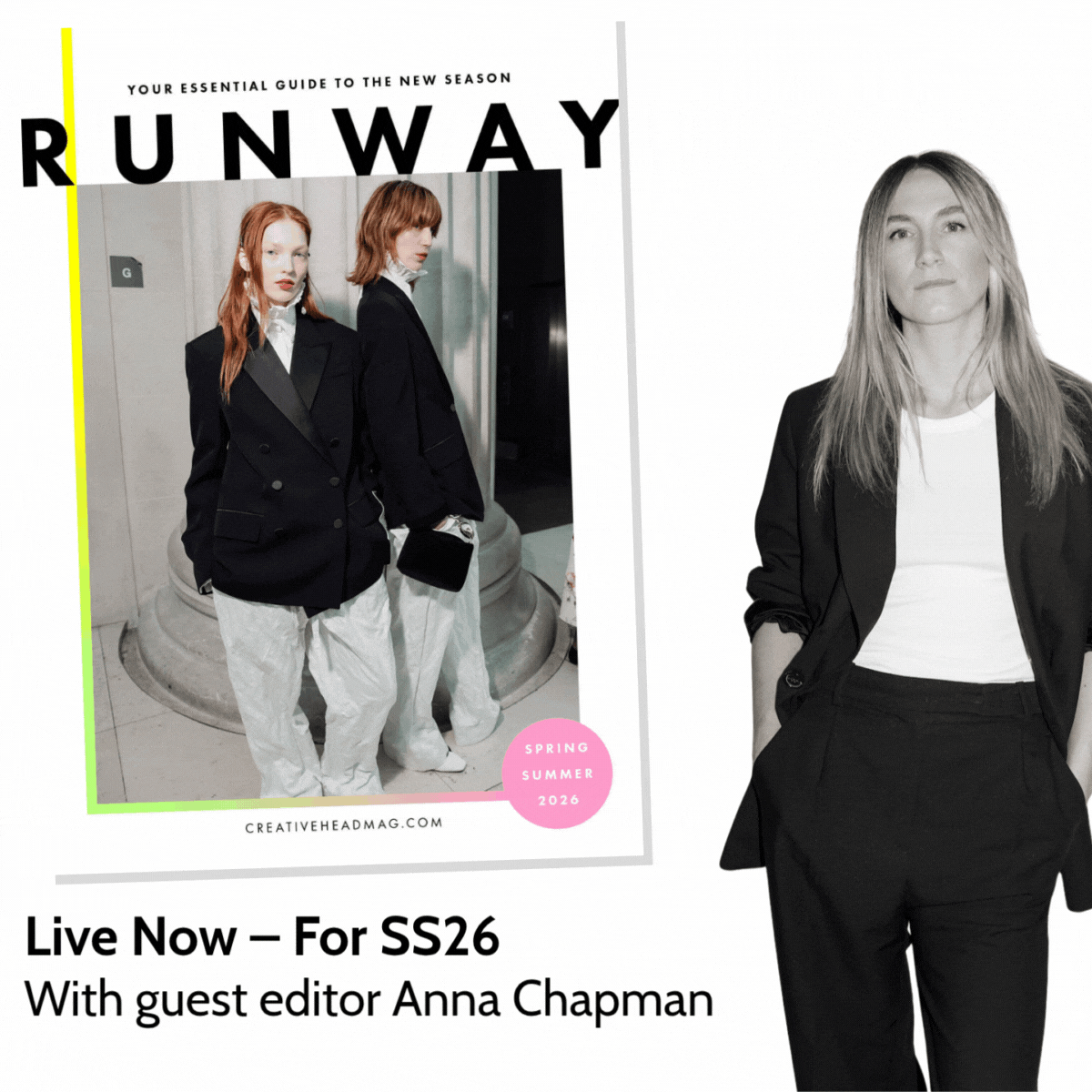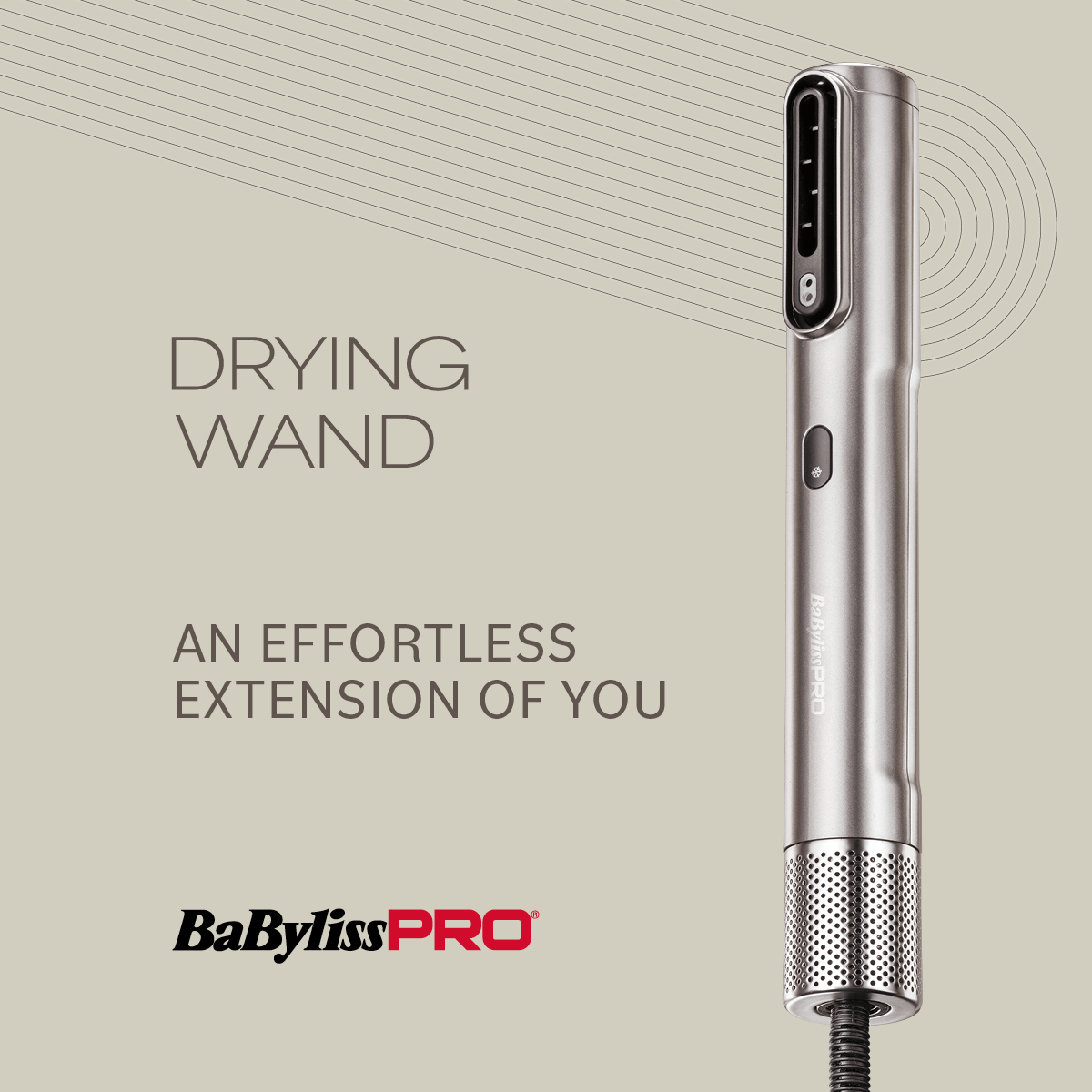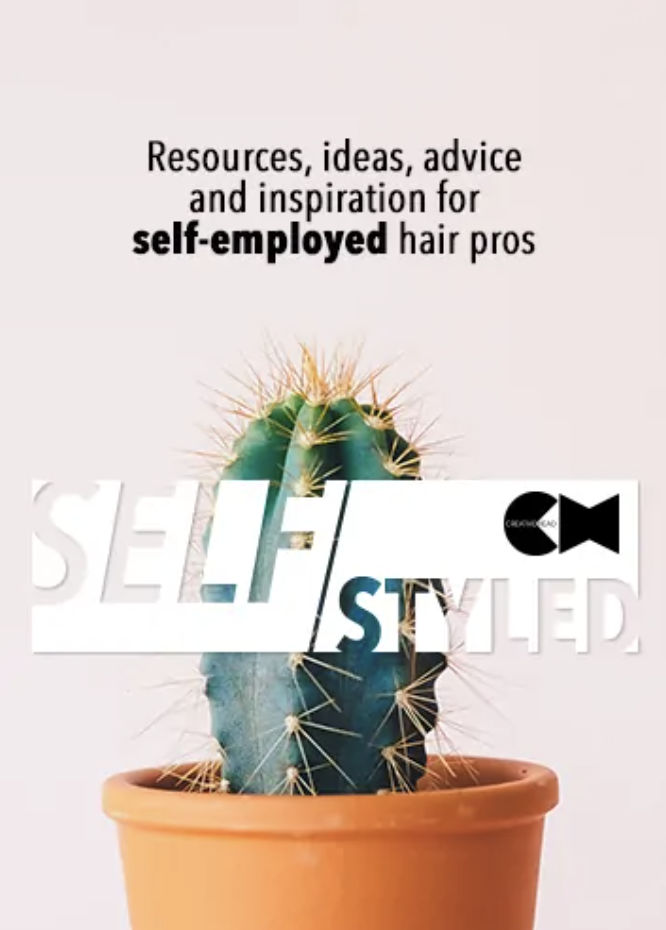Understanding High-Demand Markets
High-demand markets such as Blackpool, with 403 hair salons per 100,000 residents, and Glasgow, which boasts 360 salons per 100,000 residents, offer both significant competition and substantial opportunities. The dense concentration of hair salons indicates a strong consumer demand for hair services—a critical factor for those looking to tap into an established and hair-conscious customer base.
Success in these saturated markets often hinges on differentiation. Offering specialized hair services, building a distinct brand, or delivering an exceptional customer experience can set your salon apart. The competition may be fierce, but the rewards are considerable for those who can carve out a unique niche or deliver superior quality. High visibility, word-of-mouth marketing, and a loyal customer base can be achieved more quickly in these areas.
The Potential in Underserved Markets
Conversely, areas with fewer hair salons per capita, like Gateshead (40 salons per 100,000 residents) or Swansea (77 salons per 100,000 residents), present a different kind of opportunity. These markets may not have the immediate demand seen in larger cities, but they also offer less direct competition and the chance to establish your hair salon as a local leader.
In underserved markets, the key to success lies in addressing unmet needs. Whether it’s introducing a wider variety of hair services, offering luxury treatments where they are scarce, or simply providing top-notch customer service, you can position your salon as the go-to destination in these communities. With less competition, there is more room to grow and potentially dominate the local market.
